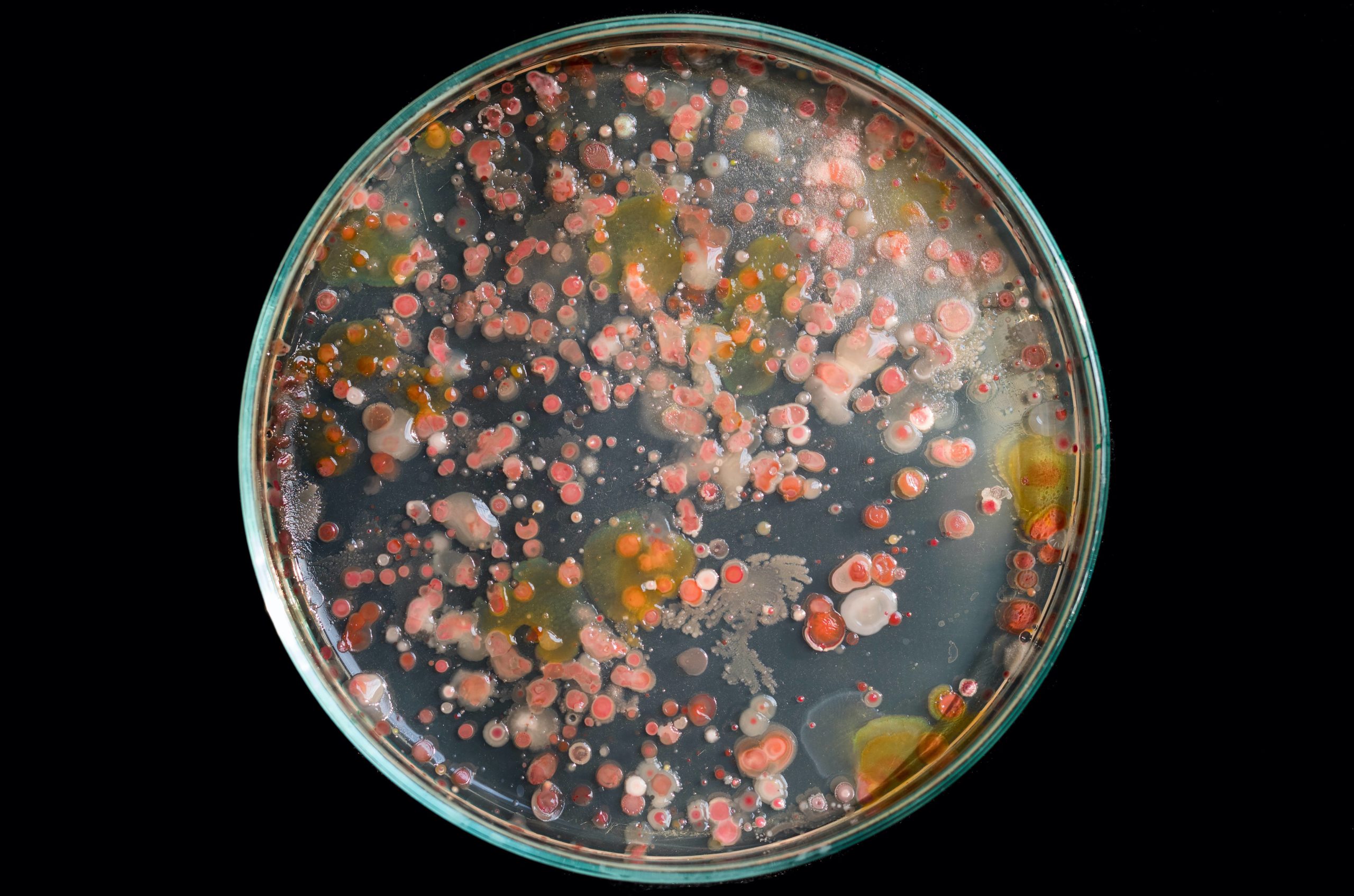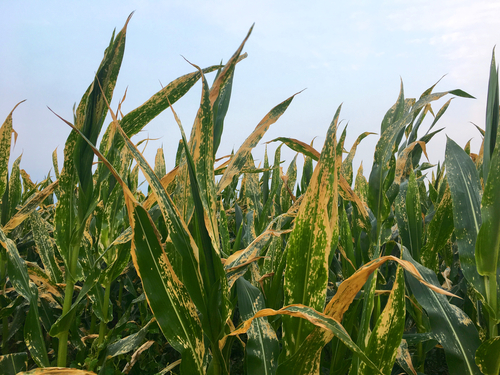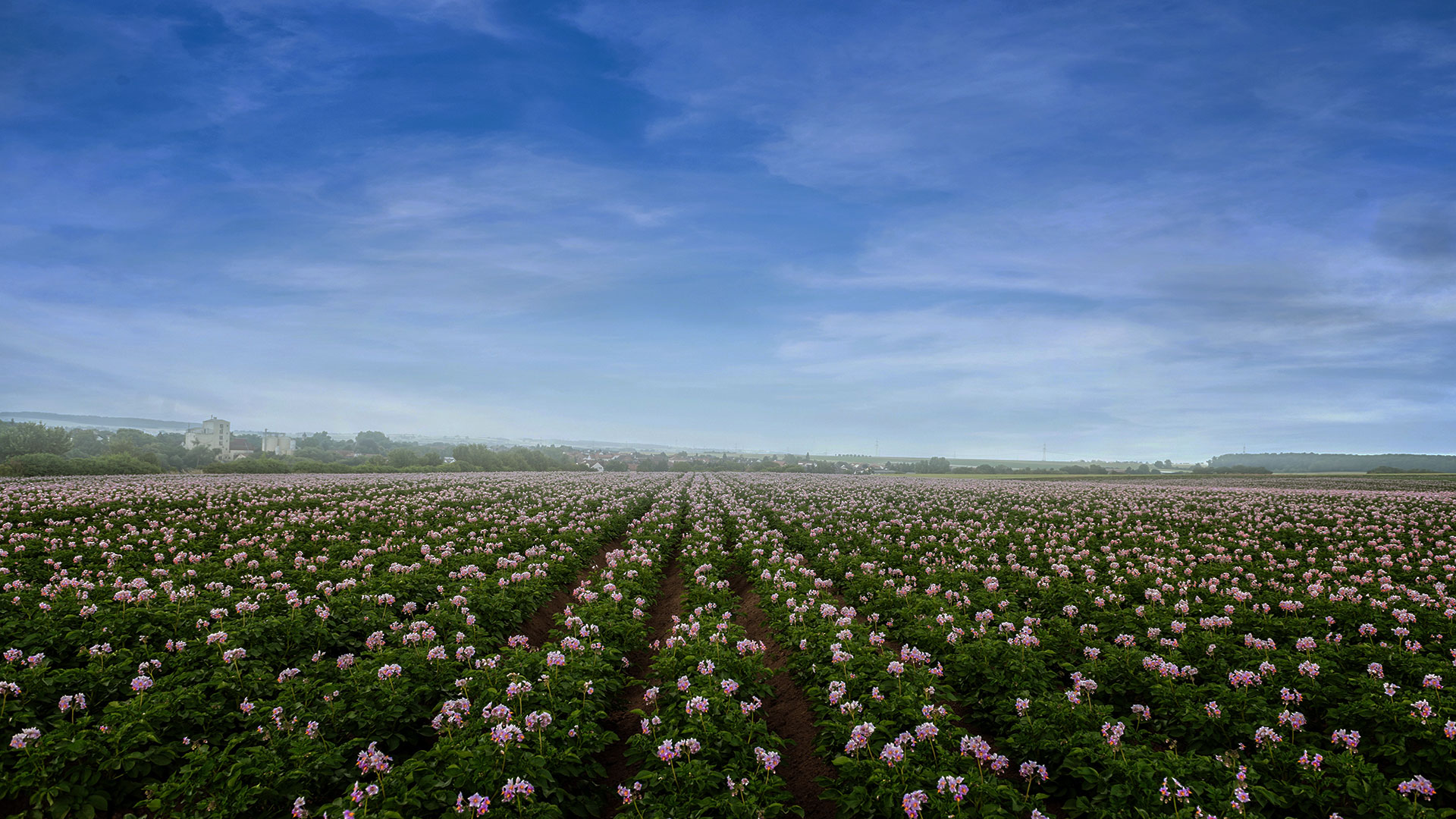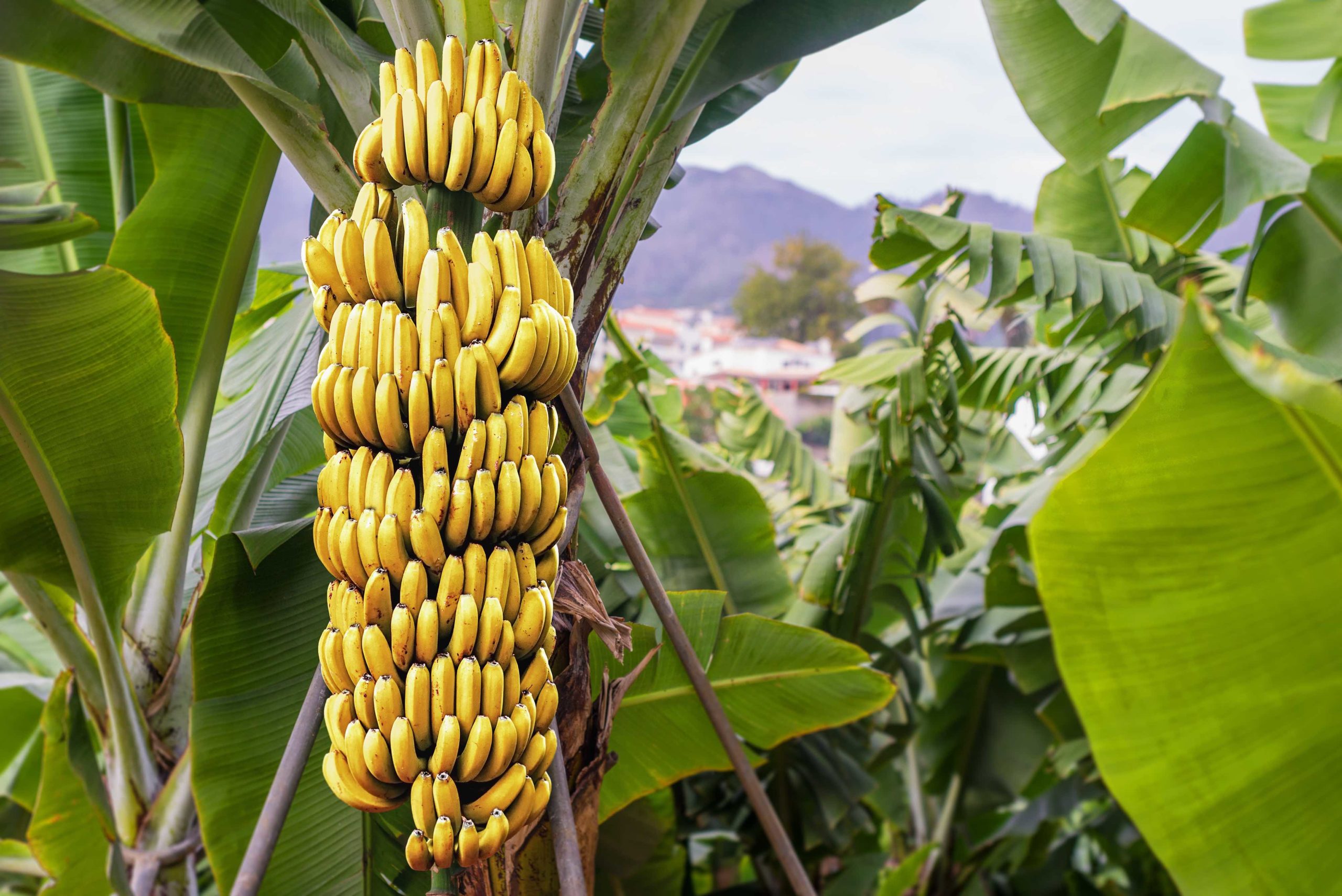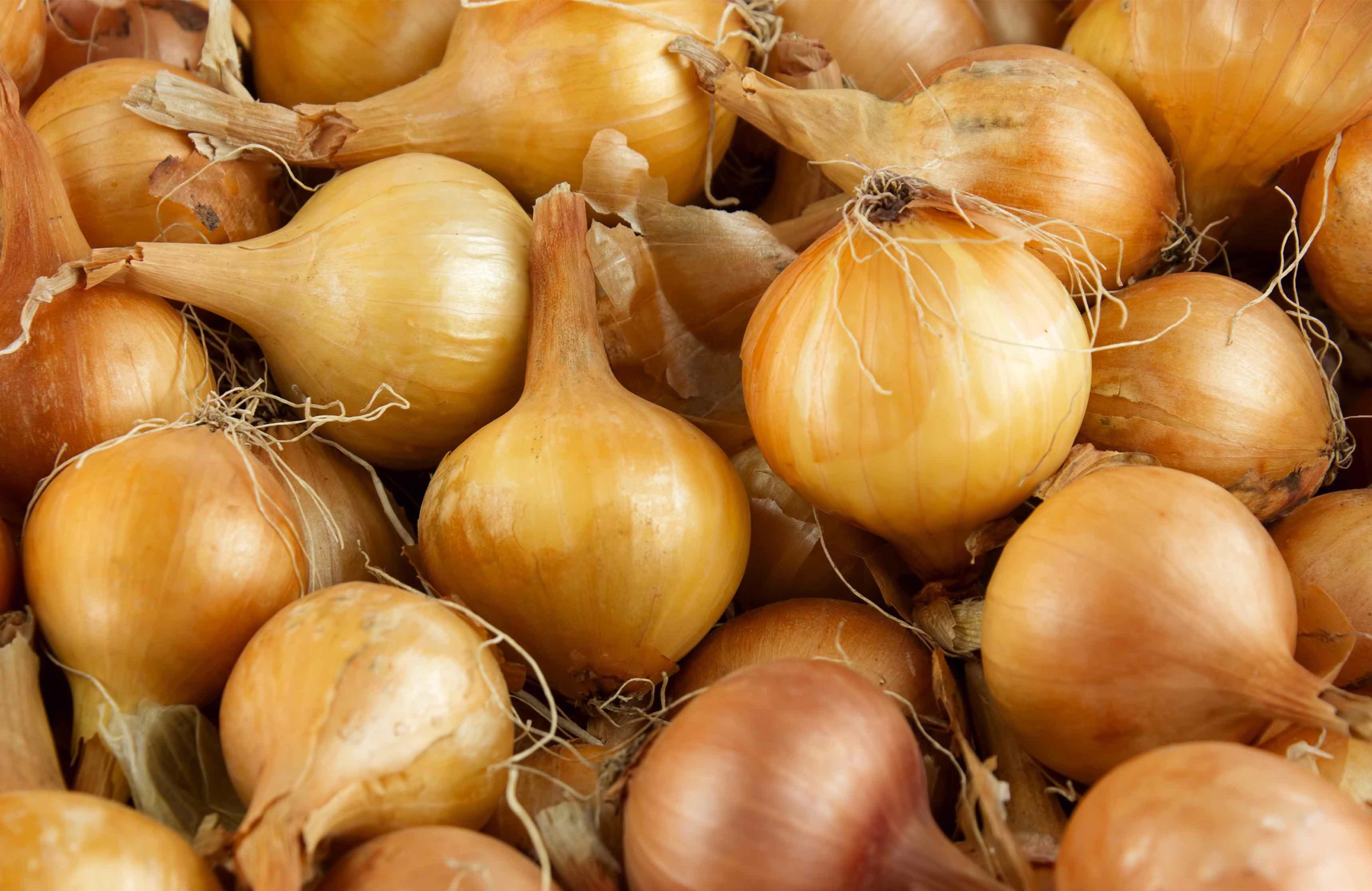How can microbes help agriculture?
Soil Microorganism in a Petri Dish Theoretically, if all farmers could achieve the highest attainable yield — worldwide crop production would rise by 45-70%. The yield losses come from inadequate fertilizer or water, or by losses to pests or disease. A study by Oerke in 2006 reported yield reductions of up to 50-80% without crop … Read more
